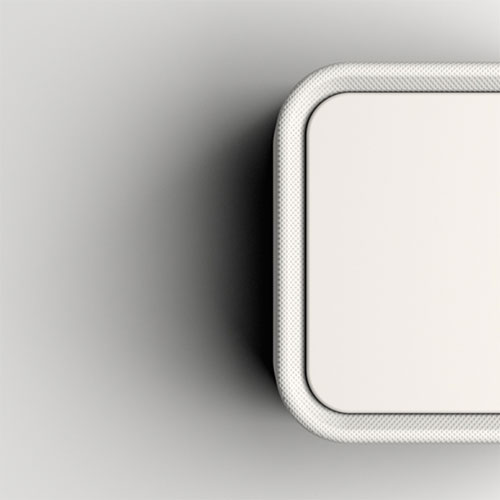dip (v1)
The world's first women's wellness tracker

80% of people in the world don’t have enough iron in their bodies. As many as 30% of people have anemia due to prolonged iron deficiency. Anemia is difficult to detect as women do not realise they have a problem because symptoms can come on gradually and are often quite vague. It is a waiting game to measure improvements. The time gap between blood tests can cause health conscious women to feel uncertain if their lifestyle changes have improved their condition.
For Dip v2, click here

Speaking to doctors, lab scientists and women with anemia helped with the discovery of vital insights to dictate the design process

Sketching and low fidelity prototyping
Proof of concept. Programming and wiring up a microcontroller to test Hemoglobin saturation
Have a play with the 3D model here!

Different tones accomodate a variety of people

The main module
Interchangeable straps for all types of women
Sensors track your Hemoglobin and Oxygen levels as well as your heart rate

The "deadfont" display allows quick access to important stats, directly on your wrist whilst vibration gives immediate haptic feedback to the user

Dive deep into your health data in one convenient place. Log your symptoms and consistency of your habits to establish insight driven trends regarding your health. Get notified of changes in your tracked metrics, as well as medication reminders. Connect with your family and GPs and update them with summary reports.
(Click here to try out the mobile app prototype.)

Bluetooth connectivity for a wireless connection to the companion app
Dip is a wristband paired to a mobile app, empowering women to take control of anemia. Non-invasive sensors measure hemoglobin levels and combine with user lifestyle data to help women understand the impending impact of their choices on their health. Real Time personal tracking saves time by reducing the frequency of blood test appointments.
How does Dip work?
-
SETUP - and pair your Dip device to the companion app.
Dip sits inside a soft silicone band which links wireless to your smartphone via bluetooth. -
TRACK - your metrics, symptoms and habits.
Dip autonomously runs to track realtime data from the inbuilt sensors. User’s can also input data about their diet and supplements they use. -
ANALYSE - review and take action.
Dip suggests the best cause of action to improve your lifestyle based on the data provided
Acknowledgements: UX/UI (Sin, M), Photography (Cate Castleton Photography), Research (Castleton, C. Grineviciute, B. Ramzan, F), Development (Brellack, B. Faniran, S. Lam, H. Ung, C.)
Date: November 2021

